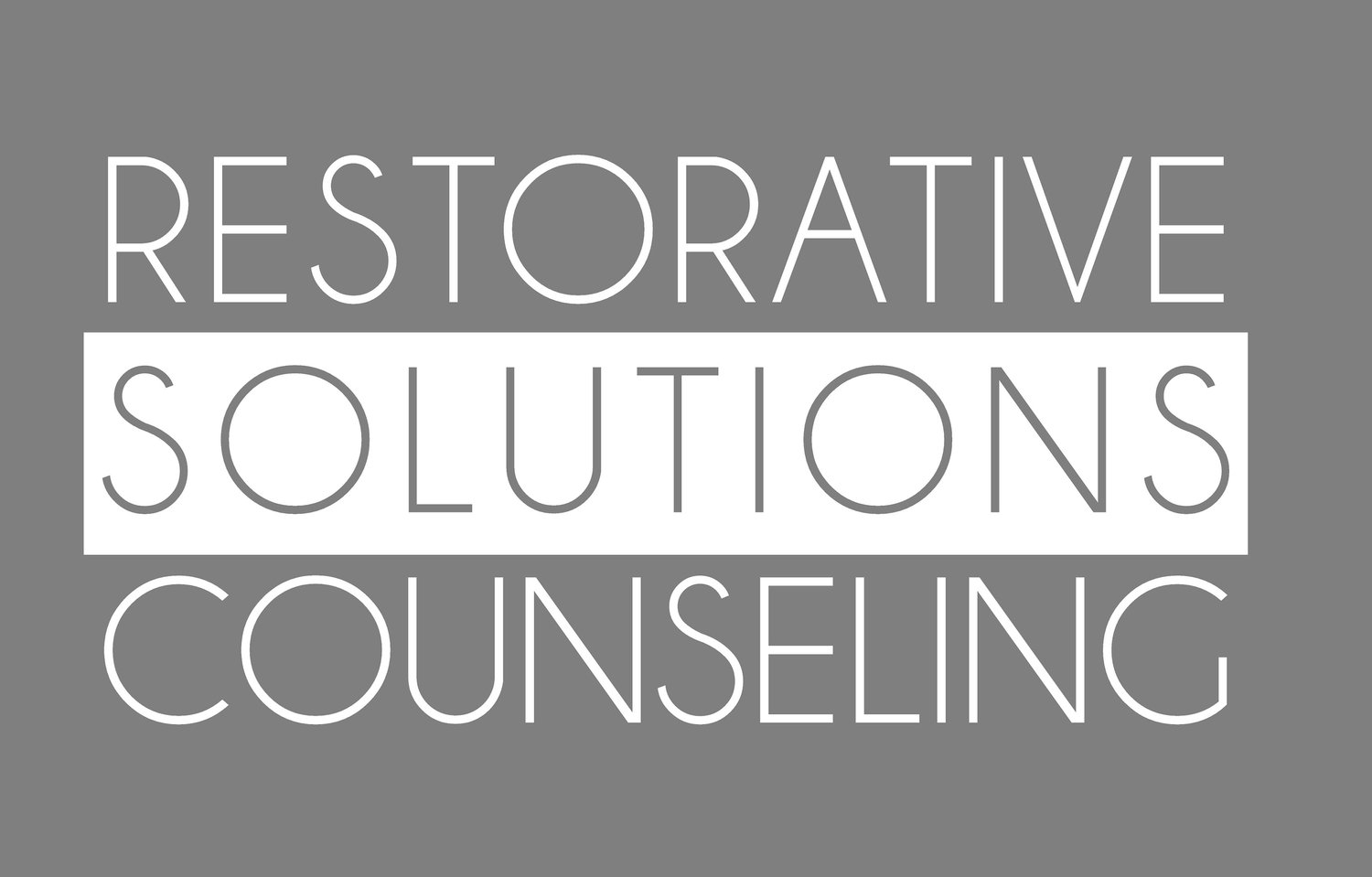The word “triggered” has become a lot more common in social conversations. In theory, this is good because more people are starting to gain an understanding of the mental health challenges that they or others might be facing. I can’t help feeling a little irritated when I hear it used incorrectly, though, because triggering is actually a very big deal. The social definition of triggering appears to be something along the lines of being upset. The words, “trigger warning,” should reliably be able to warn someone who has experienced trauma that some content may trigger that old trauma. This isn’t about protecting people from discomfort. Discomfort is a normal part of the human experience, but triggering goes above and beyond what is uncomfortable.
In mental health, when a person is triggered, it means something has happened that roughly pulls that person’s past in their present, or something triggers symptoms of their mental health condition(s). For someone who has experienced trauma, the experience can often remain in their body. Dr. Bessel Van Der Kolk has an amazing book called, The Body Keeps The Score, which explains the science of this phenomenon quite well. When a previously traumatized person is triggered, they physically experience the trauma all over again.
When a person has experienced great loss, the grieving process doesn’t have an expiration date. A person can eventually find a peace that allows them to keep moving forward after the death of a loved one, and yet they can be hit hard decades later when something triggers that grief again.
Katherine Ponte wrote an article* for The National Alliance on Mental Health (NAMI) website about triggers. She describes four different types of mental health triggers:
External triggers–These can easily come from news or social media, and as the name implies, the source is outside of us. Avoiding external triggers might mean avoiding some of the sources that are most likely to make these triggers available. The example in Ponte’s article is about a manic episode with psychosis that was triggered by continuous news stories about war.
Internal triggers–These triggers may still be initiated by external sources, but the actual trigger has to do with our emotions or way of relating to an event. Ponte’s example for this trigger has to do with how someone with previous attachment wounds interprets the actions of their spouse.
Trauma triggers–These triggers are related to past traumatic experiences, and cause the person to feel the trauma over again.
Symptom triggers–Examples of this could be behaviors that exacerbate symptoms of a diagnosable condition, like depression symptoms worsening when someone stops exercising, stops eating healthy, remains in bed for long periods of time, or doesn’t get enough sleep.
Ponte goes on to say that dealing or coping with triggers or triggering events should involve the following*:
Identify past and potential triggers.
Make a plan to address or deal with the triggers the next time that they occur.
Problem-focused coping involves coming up with possible solutions to triggers, like avoiding certain situations.
Emotion-focused coping involves regulating your emotions to prepare yourself to deal with a potentially triggering situation. This might consist of deep breathing exercises or mindfully grounding yourself in the present by engaging the five senses.
Communicate with people who might be triggering you. Maybe they don’t know they are doing so.
Find the right therapy. Perhaps one that can help safely process past trauma.
Reality-checking your thoughts means keeping it in mind that our thoughts are just thoughts. Our thoughts aren’t always correct.
Be on alert for trigger warnings or signs that you might be about to come across something that could potentially trigger you.
Practice good self-care. The better you take care of yourself, the more that you open your window of tolerance for being able to handle stress and triggering events.
Again, triggers aren’t discomfort. When we think about triggers on a weapon like a gun or a bow release, the trigger is the mechanism that initiates a destructive force. Mental health triggers are much the same, though usually, the destructive force happens within someone that is already suffering in some way. Much as I want to encourage people to reach out to others for help when they experience triggers, I also want to encourage these caring others to offer support to their loved ones when they see that person struggling.
*https://www.nami.org/Blogs/NAMI-Blog/January-2022/Understanding-Mental-Illness-Triggers
